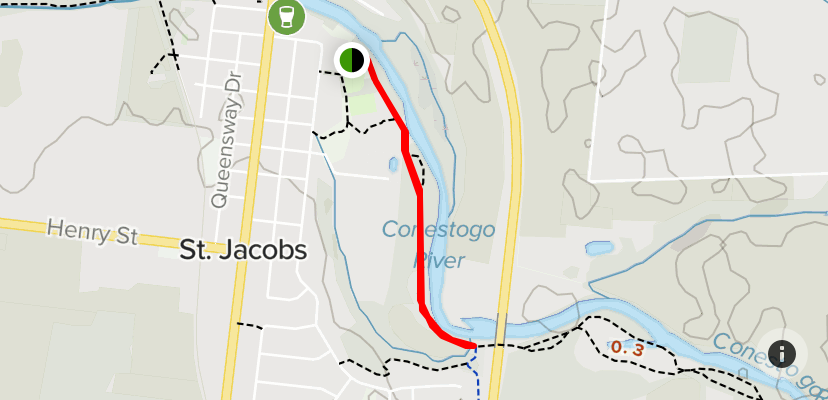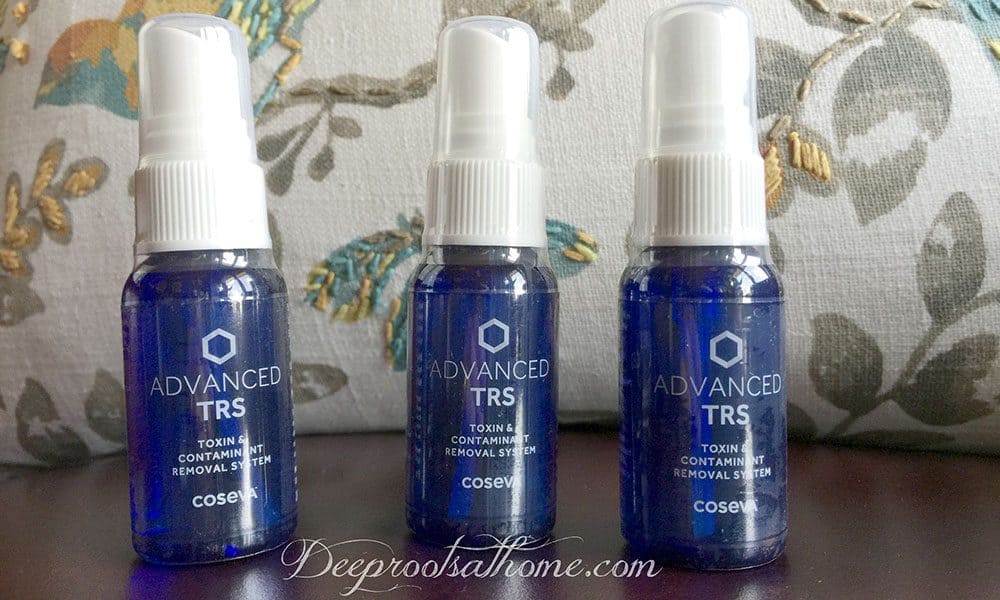
It is a common belief that healthy eating habits are important. What do food labels really mean? They tell us how many nutrients are in the food and whether it is balanced. Following these guidelines can help ensure we get the proper nutrients. These are six facts that you should be aware of when reading food labels. These are important for your health, but also for your budget. Make sure you understand them and have them with you when shopping.
Let's talk about what food labels really are. Food labels usually list ingredients in ascending order of weight. All the necessary nutrients must be listed. They also list any artificial ingredients. If a food does not have sugar, this means it was artificially sweetened. However, it does not mean that the food doesn't contain natural sweeteners. It also means that food does not contain any preservatives or additives.
Good health is dependent on food labels. You can quickly find out what is in the food products you purchase. You will find all the nutrition information you need by looking at food labels. You can check whether a product has high levels of vitamin A or vitamin B, as well as whether it contains iron and calcium. It is possible to make the best health decisions by knowing the contents of a food.
These are just some examples but they are crucial for your overall health. Every product must contain a description of the ingredients. Food labels must contain nutritional information. You will need to carefully read these labels to make sure that they are accurate. If you are knowledgeable about the details, you will be more informed about your choices. Ask questions about nutrition and other information on labels.
A food label is important for your health. It allows you to make informed food choices that are best for your body and personal goals. It helps you to avoid eating unhealthy foods and excess calories. You can also use a nutrition label to help you eat a healthy diet. It is crucial to understand the labels to find out what's in particular foods. The information on the labels can help you make healthy choices. It's also essential for you to know what's on the labels of foods that you buy.

An important step in staying healthy is to understand the label on food. You should read labels to find out what foods you can eat. It is important that you know the exact serving size of any food. It's important that you remember that nutrition labels have been updated so that they highlight the foods that are most important for your overall health. They're intended to be an aid for your overall health. It is important to read labels carefully if you are unsure of what is in a particular food.
Information on food labels can help you make informed buying decisions. The label can be used to compare nutrition content depending on what type of food you purchase. Because of its influence on the amount of food you consume, it is important that the serving size be accurate. You can also find the serving size of a particular food by checking the labels of a variety of foods. You can determine the exact size of a food by using the correct number of measuring cups and spoons.
The number of servings for a particular food can be found on the label. Serving size refers to the amount of calories contained in one serving. One serving can have a combination of protein, fat, and carbohydrates. It's vital to verify the nutritional contents of any food. You can make informed decisions about how many calories you should consume by reading the label. But, before you eat a food, make sure to read the serving size.

There are many factors that you should consider when choosing a dish. First, it is important to know how many people are eating. You should aim to consume a serving size of food that contains no more than four grams of fat. You should try to eat more fruits and vegetables that are lower in calories. Another important factor to consider is the serving size of the meat. You also need to verify the amount of milk you are eating. You should see the label to find out how much fat is contained in each product.
FAQ
What does it take to become a chef in the United States? What's the average career path for a chef?
It takes five years to become a chef. You will be able to learn basic cooking techniques as well as gain practical experience working in a kitchen. You can apply for line, sous or executive chef positions after you complete your training. The salary range for a chef is between $25,000 to $60,000 per annum.
Is there a difference between a chef and a cook?
A chef prepares food for other people. A cook cooks for others. While both jobs involve the preparation of food, a chef interacts directly with his customers. This means that they may have to decide what dishes to prepare for their customers based on their preferences. The cook does not have to interact directly with customers. Instead, a cook makes sure the food tastes good before delivering it to customers.
What are my options for learning about cooking?
There are many cooking classes available all over the country. Many schools offer courses on baking, pastry, or wine tasting. If you're interested in learning more about baking, you can either enroll at a community college or vocational school. Or you can attend a private class.
How much does a culinary school cost?
Costs for culinary school vary depending on where you live, how long you study and which program you choose. Tuition costs range from $10,000 to $30,000. The average student graduates with $20,000 in debt. There are some programs that offer grants and scholarships as well as work-study options.
Statistics
- The median pay for a chef or head cook is $53,380 per year or $25.66/hour, according to the U.S. Bureau of Labor Statistics (BLS). (learnhowtobecome.org)
- In the United States, the category is estimated at $23.2 billion annually and is growing faster than the market. (washingtonpost.com)
- You'll be amazed that over 90% of CIA students receive scholarships and grants to finish their culinary studies. (ischoolconnect.com)
External Links
How To
How to make the perfect omelet
Omelets are one of my favorite foods to eat at breakfast. How can you make them perfectly? I have tried many different recipes and methods, but none of them work. So I wanted to share some tips and tricks so that you can make delicious, fluffy omelets every morn.
It is important to know that eggs can be temperamental when making omelets. Eggs must be purchased fresh, preferably organic, and kept chilled until ready for cooking. If they are not kept cold enough, the whites won’t form properly. The yolks will also break down too quickly and become runny. Your omelets will look strangely colored if this happens. It is best to use room-temperature eggs if you are going to cook them right away.
You might also try separating the egg before adding to the pan. The yolk and white should not be mixed together as this can cause the omelet's curdle.
You might burn the bottom of the egg if you place the egg directly on the stovetop. This could ruin the texture of your omelet. Instead, heat the egg in a microwave for 10 seconds and then place it in a pan. The microwave heat will cook the egg just right without making it too hot.
Next, let's discuss mixing the eggs. When mixing eggs, it is important to thoroughly beat them. You need to turn the bowl of the mixer upside down. Then shake the bowl vigorously. This allows the air to be whipped and the egg to be mixed thoroughly.
The fun part begins - you need to pour the milk into your mixture. Mix half of the milk with the eggs. Then fold the eggs in half into the remaining milk. You don't need to worry if streaks remain. They will disappear once you flip your omelet.
After you have folded your eggs, heat up the oil on medium heat. Wait for it to get hot. When the oil is hot enough, add 1/4 cup butter to the pan. Stir it around until the butter covers the entire pan. Now carefully crack open the lid of the pan and sprinkle salt into the pan. A pinch of salt will help prevent the omelet from sticking to the pan.
Cover the pan once the omelet is formed and allow it to cool completely. Flip the omelet over using a spatula or flip the pan upside down. Cook the opposite side for another minute. Serve immediately after removing the omelet from its pan.
This recipe is best made with whole milk. However, it can also be used with skimmed milk.